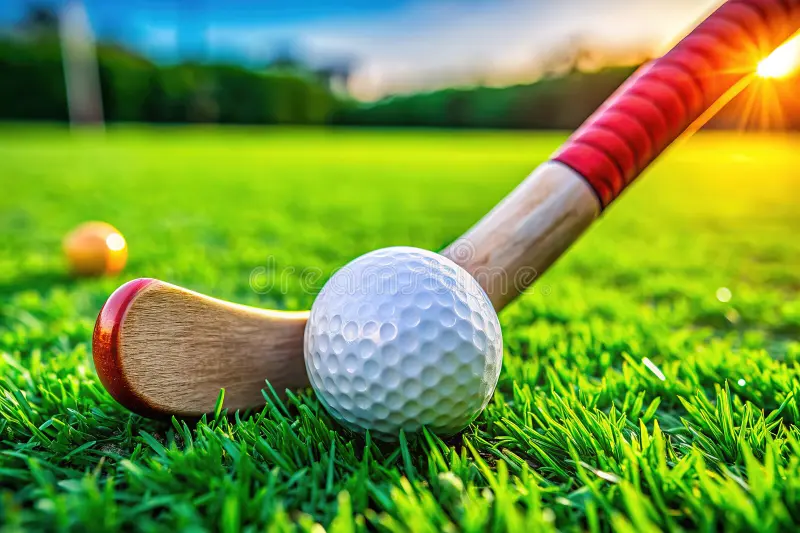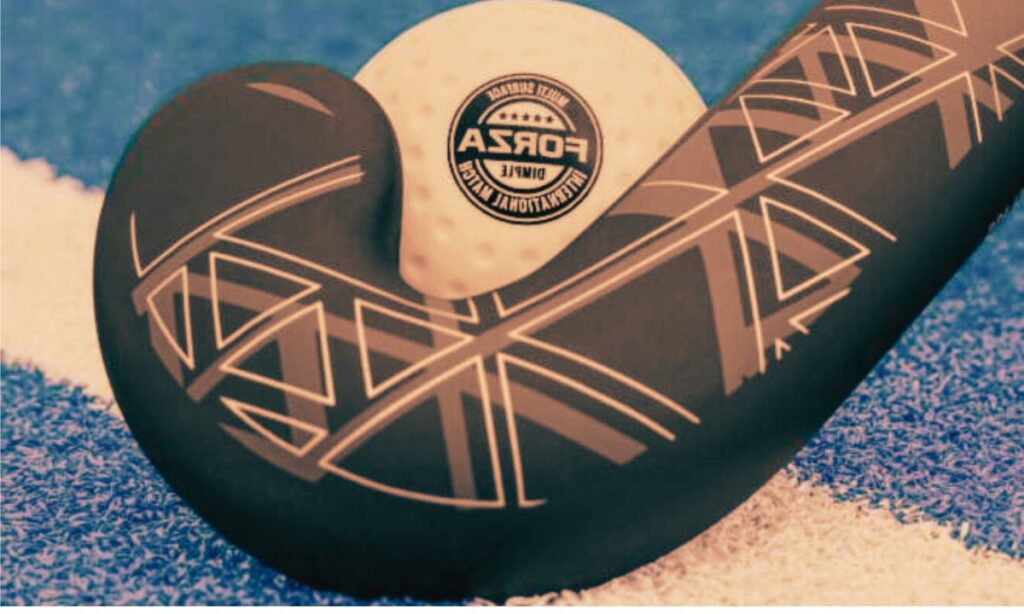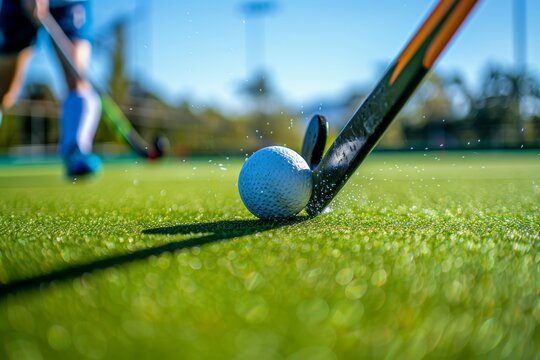When most people think of hockey, their minds jump to sticks, speed, or tactics. Rarely does the humble hockey ball get its fair share of attention—especially not its weight. But in truth, the weight of a hockey ball plays a significant role in every game, whether you’re a weekend warrior playing in your local league or an elite athlete competing internationally.
Weight impacts everything—from how the ball moves on the field to how it reacts off your stick. For younger players, it can mean the difference between a safe practice and unnecessary injury. For professionals, even a few grams can influence their control, timing, and consistency.
In this comprehensive guide, we’ll explore everything you need to know about hockey ball weight in grams. By the end, you’ll understand how weight affects your performance, how to choose the right ball for your game, and why even a few grams matter more than you ever realized.
Chapter 1: Understanding Standard Hockey Ball Weights
Let’s begin with the basics. Hockey balls are not one-size-fits-all. While there is a globally accepted standard, several versions exist based on the type of hockey being played.
1.1 Field Hockey Ball Weight
According to the International Hockey Federation (FIH), the standard weight for a field hockey ball should fall between:Weight in Grams
- Minimum: 156 grams
- Maximum: 163 grams
This range ensures a balance between stability, speed, and safety, and is used in most official matches around the world.
1.2 Indoor Hockey Ball Weight
Indoor hockey demands faster reflexes and more precise control. As such, the ball is slightly lighter:
- Range: 140 grams to 150 grams
Because indoor surfaces are smoother and smaller, the lighter ball promotes quicker play without compromising safety.
1.3 Variations for Training and Development
Beyond these two categories, you’ll find training balls that deviate from the standard. These include:
- Heavy training balls (170g–200g) to build wrist strength
- Light balls (120g–140g) for youth and skill training
Each has its use. The key is understanding what suits your current level and training goals.
Chapter 2: What Influences a Hockey Ball’s Weight?
Not all balls marked “field hockey” are created equally. Even two regulation-weight balls can feel different depending on how they’re made.
2.1 Material Composition
Most balls have a hard plastic shell—usually PVC—wrapped around a cork or rubber core. The density and rigidity of these materials impact not just the weight, but also the ball’s bounce and responsiveness.
2.2 Dimpled vs. Smooth Balls
Dimpled balls are common in outdoor play. The dimples help reduce friction and allow smoother rolling on turf. These slight indentations can add or subtract a few grams depending on depth and pattern.
Smooth balls are used indoors or on polished surfaces and tend to be slightly lighter.
2.3 Environmental Factors
Weight can be affected by weather. Humidity, water absorption, and prolonged exposure to sunlight can all subtly alter the ball’s mass over time. That’s why even tournament balls are frequently replaced.
Chapter 3: How Weight Impacts Your Game
Knowing a ball’s weight isn’t just a technicality. It directly affects how you play. Let’s break down how weight interacts with various game mechanics.
3.1 Passing and Receiving
Heavier balls maintain momentum during long passes, requiring more power but offering more predictability. Lighter balls may accelerate quickly but slow down just as fast. This can disrupt rhythm during quick transitions.
3.2 Shooting and Drag Flicks
For drag flick specialists, a slightly heavier ball offers more power and control through the motion. However, lighter balls allow quicker execution, which can be ideal for indoor play.
3.3 First Touch and Dribbling
Lighter balls are more responsive to minor touches, making them ideal for finesse-based indoor styles. Outdoor players prefer a weightier feel that grounds the ball during bumpy conditions.

Chapter 4: Choosing the Right Ball by Player Type
Your ideal hockey ball weight depends on more than the type of hockey you’re playing. Age, skill level, and training purpose all matter.
4.1 Beginners and Recreational Players
Stick with the FIH-regulated 156–163g range. It offers a balance between realism and safety. Lighter training balls can be useful for stick handling drills, especially if you’re just getting started.
4.2 Youth Players
For children under 14, lighter balls (120g–140g) are safer and more manageable. They allow kids to develop proper technique without overstraining their muscles.
4.3 Competitive Players
Stick with regulation balls. Consider trying several models to identify subtle weight differences that suit your style. Some players prefer balls at the higher end of the scale (160–163g) for increased stability during fast-paced play.
4.4 Indoor Specialists
Choose indoor balls within the 140–150g range. These allow for quicker stick work and better touch on tight courts.
4.5 Goalkeepers
While goalkeepers don’t handle the ball the same way outfield players do, they must track it carefully. Using the same ball weight as outfield players during practice ensures reaction timing remains accurate.
Chapter 5: Training with Weighted Balls
Weighted training balls aren’t just a gimmick. They’re useful tools if used properly.
5.1 Purpose
- Build wrist and forearm strength
- Improve stick control under resistance
- Enhance muscle memory for dragging and slapping
5.2 How to Use Them
Incorporate into drills like:
- Stationary trapping
- Long-distance hitting
- Push passes
Don’t overdo it—just a few reps per session can yield benefits.
5.3 Warnings
Using heavy balls excessively can cause strain, particularly for younger players. Always balance training with recovery.
Chapter 6: Testing and Measuring Ball Weight at Home
Curious if your ball matches official standards? Here’s how to measure it.
6.1 Use a Kitchen or Postal Scale
- Set the unit to grams
- Place the ball on the scale
- Compare it to the FIH regulation (156–163g)
6.2 Check Multiple Balls
Even new balls from the same box can vary slightly. Weighing multiple balls helps ensure consistency across your gear.
Chapter 7: The Best Balls According to Their Weight
Here are some well-regarded hockey balls sorted by purpose and weight.
7.1 Match Balls
- Kookaburra Dimple Elite: 160g, used in international games
- Grays Match Ball: 158–162g, stable and responsive
7.2 Training Balls
- TK Weighted Ball: 180–200g for strength conditioning
- Slazenger Training Ball: 140–150g, ideal for beginners
7.3 Indoor Balls

- Mercian Smooth Indoor Ball: 145g, quick and soft
Chapter 8: Real-World Insights from Coaches and Players
What do experienced players and coaches say about ball weight?
“Even a 5-gram difference changes my drag flick timing. When I’m training, I stick to one brand so I don’t have to adjust.” – Elite Drag Flicker
“We use heavier balls once a week in strength circuits. But only for older teens.” – U18 National Team Coach
“When coaching kids, I always start them on lighter balls. It’s safer and helps build confidence.” – Junior Development Coach
Chapter 9: Common Myths Debunked
9.1 Myth: Heavier Balls Are Always Better
Truth: Heavier balls can improve power but may reduce control. They’re not ideal for all conditions.
9.2 Myth: Weight Differences Don’t Matter
Truth: Even small weight changes affect reaction time and stick response.
9.3 Myth: All Regulation Balls Are Equal
Truth: Material, shape, and balance influence how a ball plays—even if the weight is the same.
Chapter 10: Tips for Maintaining Ball Consistency
Want your gear to perform consistently? Follow these tips.
10.1 Store Properly
Keep balls in a cool, dry place to avoid water absorption and material fatigue.
10.2 Avoid Surface Damage
Rough surfaces or poor-quality pitches can erode a ball’s outer layer, subtly changing its mass and performance.
10.3 Replace Worn Balls
Cracks, fading dimples, or uneven rolling are signs it’s time for a replacement. Even if the weight is technically the same, the performance may be compromised.
Conclusion: Every Gram Makes a Difference
In hockey, details matter. The weight of the ball is one such detail—often overlooked, but quietly critical. Whether you’re an aspiring player, a casual enthusiast, or a seasoned competitor, understanding how hockey ball weight impacts your game gives you an edge.

